Frenzy Games Blog
Fresh Features for Fall – What's New in Our Puzzle Games 2.6.85.0
Author: Mihai Mihaila, last modified: 02/11/2025
As the leaves turn and cozy vibes settle in, we've rolled out a crisp new update across our casual puzzle games for Windows. This release focuses on clarity, seasonal charm, and rewarding engagement. Here's what's new:
🍂 Smarter Buy Buttons
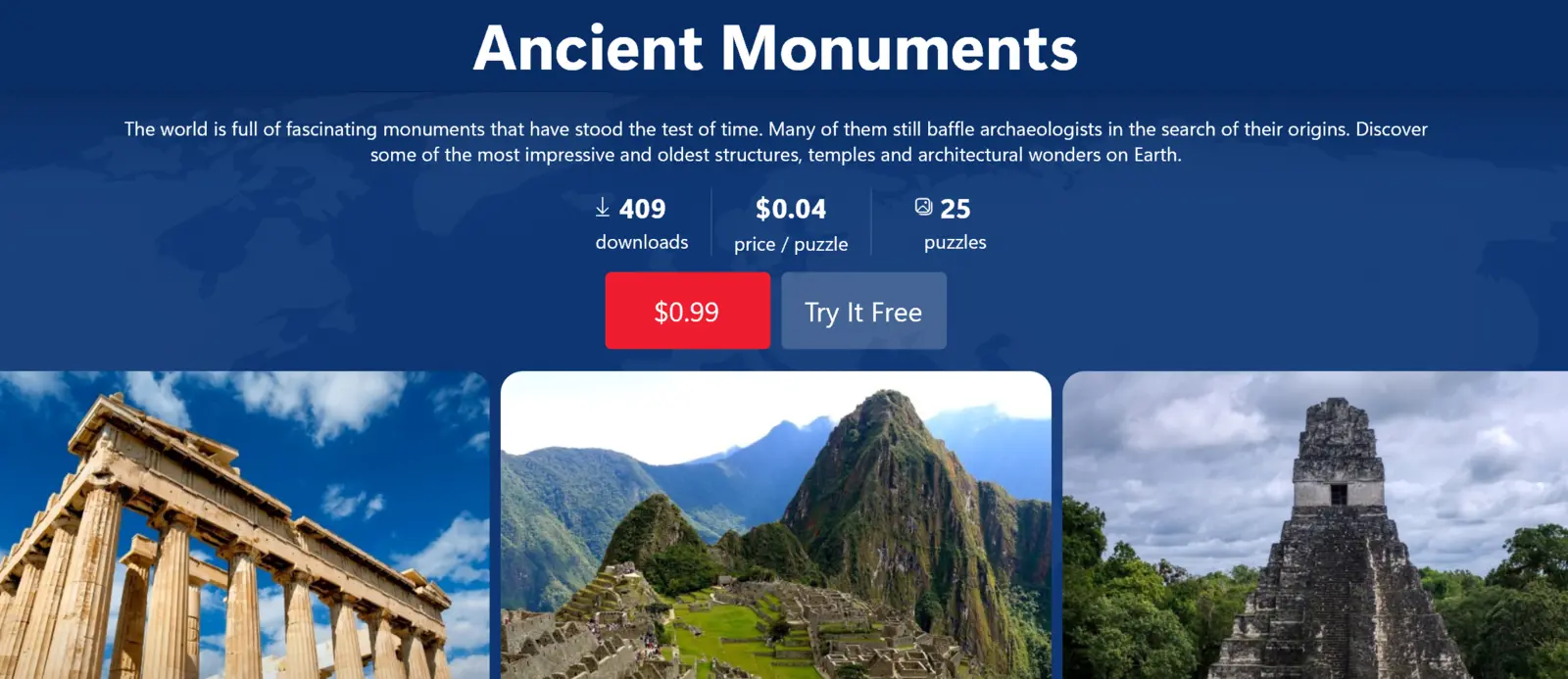
|
We've color-coded the Buy buttons to help you spot deals at a glance:
- 🟧 Orange for discounted items
- 🔴 Red for Exclusive and Bundle Offers
- 🟩 Green for regular products
This small tweak makes shopping smoother and more intuitive.
🧩 Rate Card Front and Center

|
The "Rate Game" card—your ticket to a free puzzle pack—has been moved to the leftmost spot on the puzzles page. Easier to find, easier to earn!
🎁 Gift Page Redesign
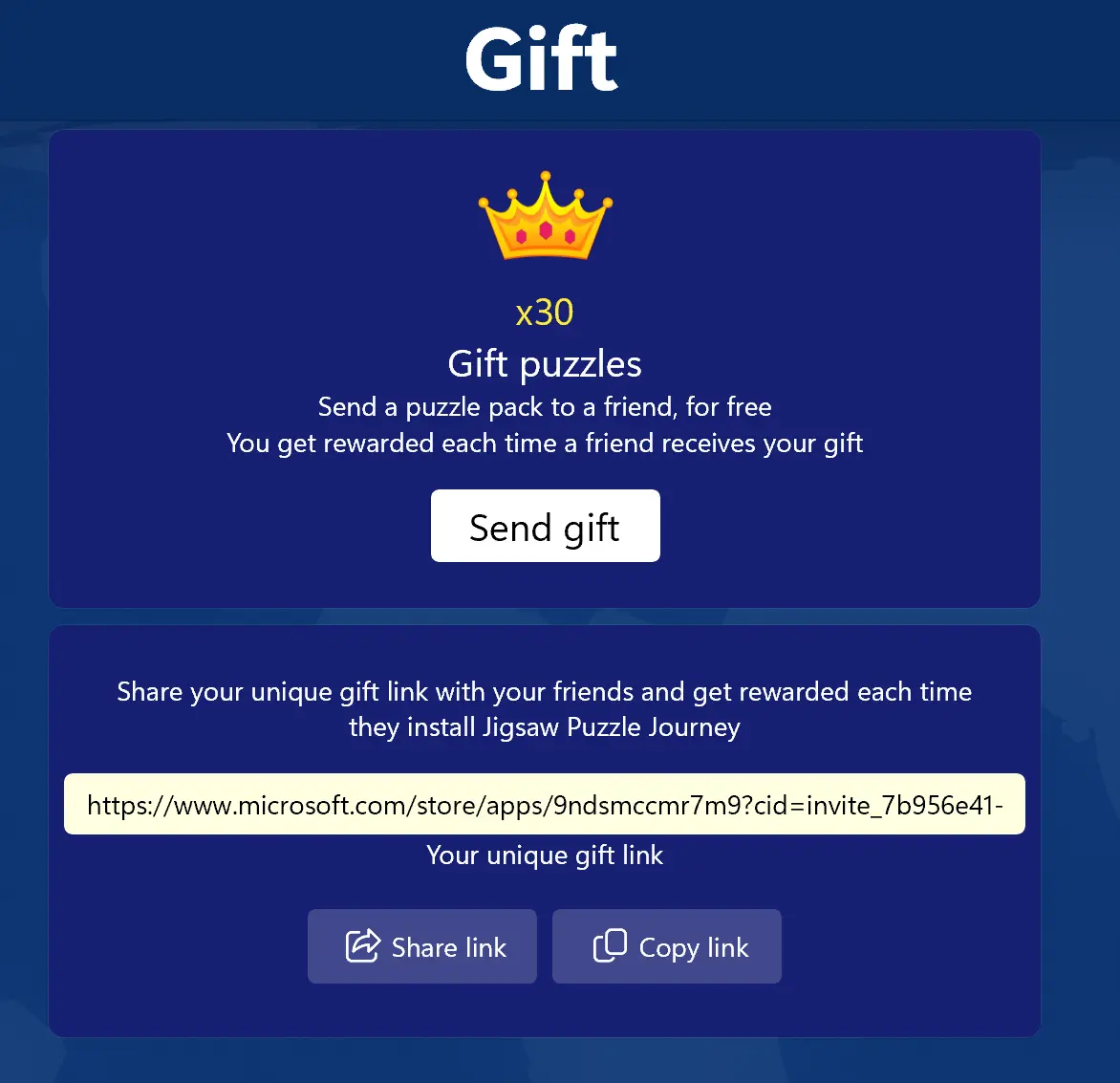
|
Inviting friends now comes with a clearer reward and call-to-action. The gift page has been redesigned to match the style of other in-game elements, making it easier to understand and more rewarding to use.
🚀 Missions Page Overhaul
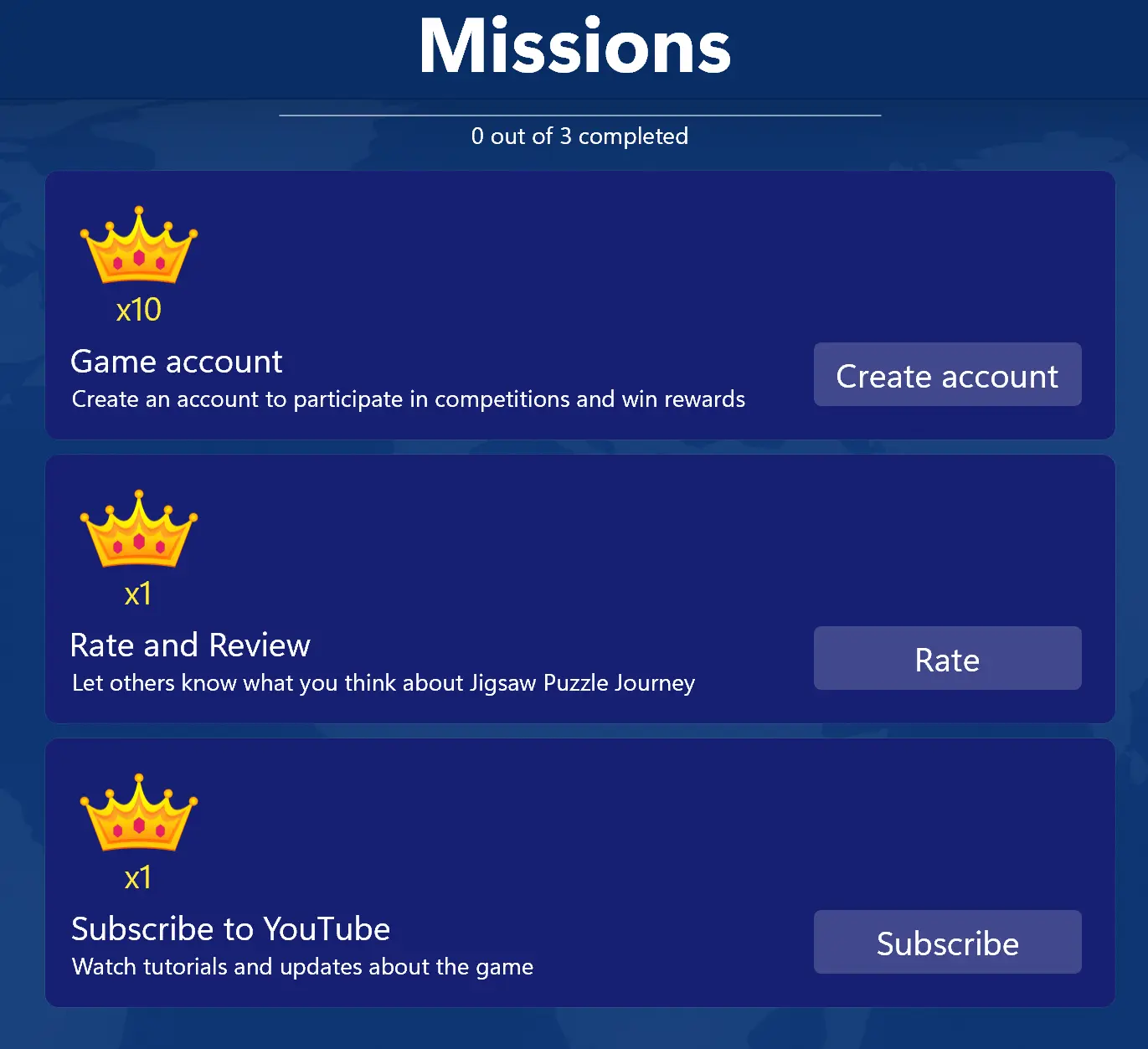
|
We've redesigned the missions page to make goals and rewards crystal clear. Whether you're chasing stars or unlocking packs, you'll know exactly what's at stake.
We hope these updates make your experience smoother, more festive, and more rewarding. Don't forget to check out the new visuals in-game—and share your favorite changes with us!
🍁 Seasonal Greeting in Jigsaw Puzzle Journey
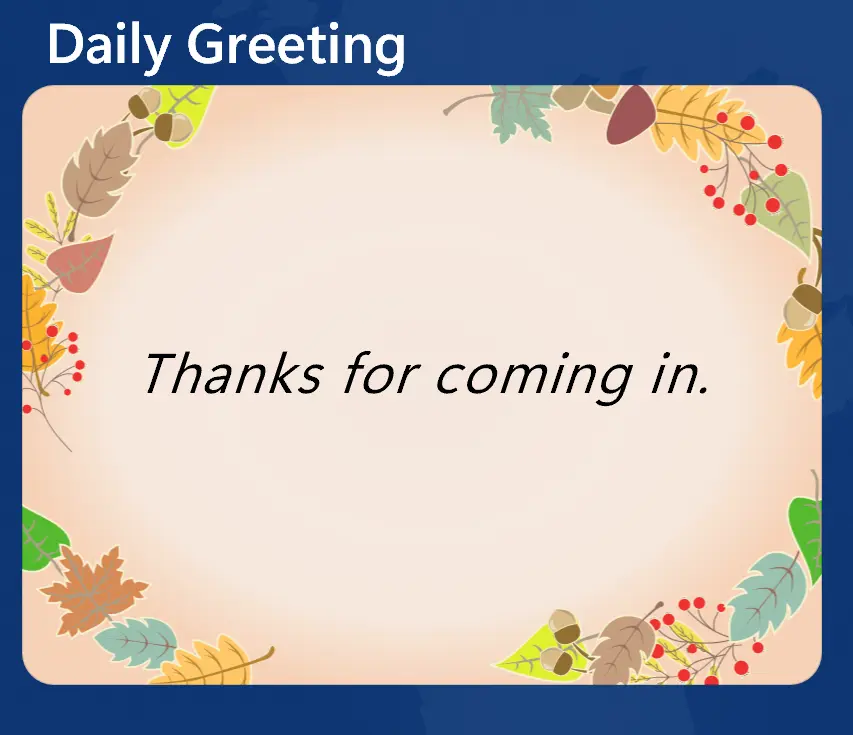
|
The Today page now greets you with an autumn-themed welcome card. It's a cozy touch to start your puzzle journey each day.
October UX Roundup: Subtle Tweaks, Big Impact 2.6.82.0
Author: Mihai Mihaila, last modified: 23/10/2025
As part of our ongoing commitment to clarity and player experience, we’ve rolled out a series of refinements across the game this month. These updates focus on visual polish, decision support, and smoother navigation—especially for new and returning players.
🧩 Puzzle Completion Icon Alignment
We’ve adjusted the finished puzzle icon to align perfectly in the top-right corner. It’s a small detail, but one that improves visual consistency and reinforces completion feedback.
|
|
🛍️ Daily Sale Card Minimization
The Daily Sale card on the Store page has been visually minimized. This reduces clutter and lets core content shine—especially helpful for players browsing multiple offers.
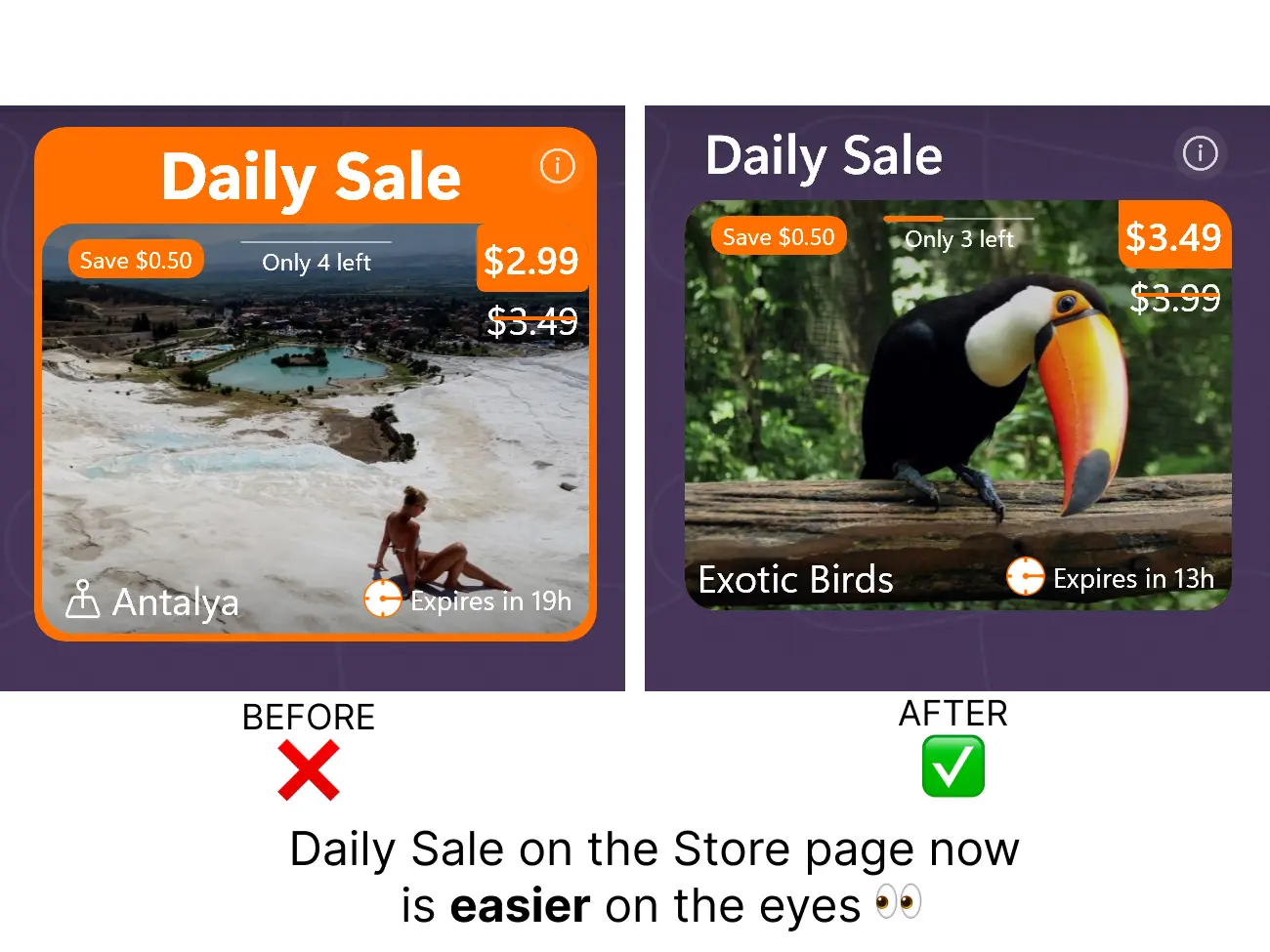
|
👑 Spotlight on the 30 Crowns Option
Not sure what to choose? The 30 crowns pack is now highlighted as a popular favorite. This subtle nudge helps players make confident decisions without overwhelming them.
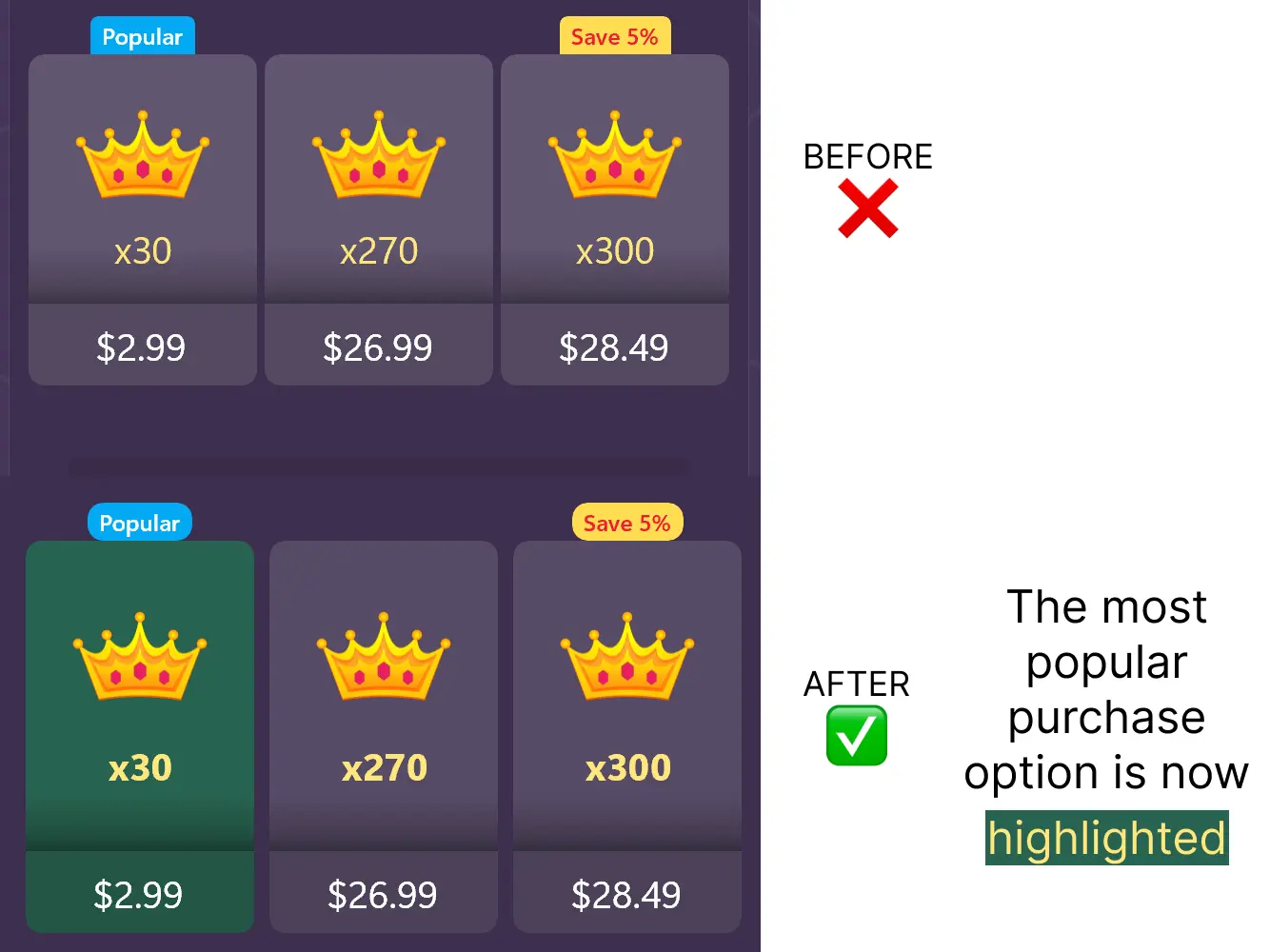
|
📚 Game Collection Descriptions
We’ve added short descriptions to each item in the Game Collection. This makes it easier to browse and understand what each game offers—especially useful for new players exploring the catalog.
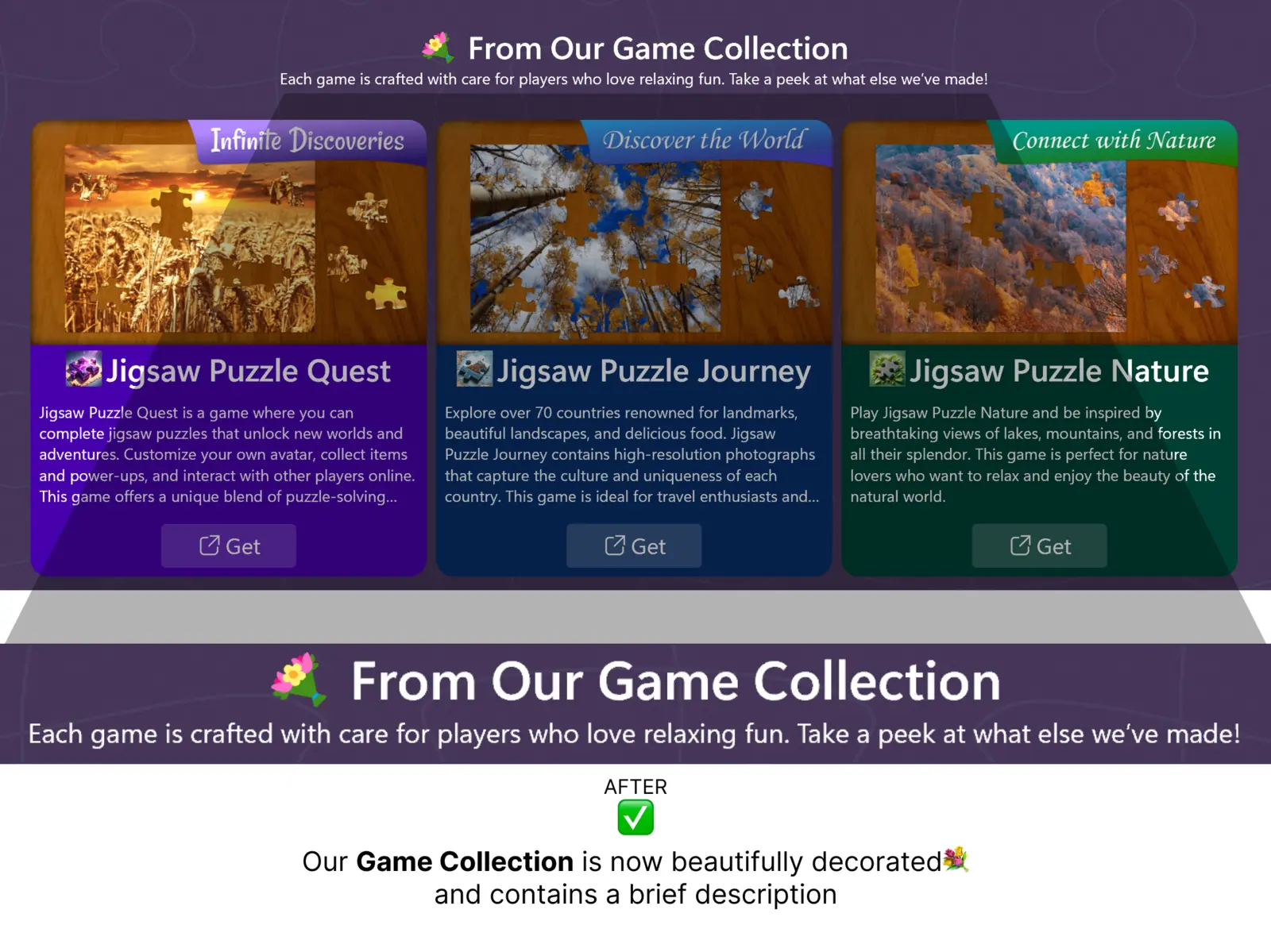
|
💎 Premium Plan Highlight + Free Trial
The plan section has been revamped with a visually distinct Premium card. Players can now enjoy a 1-week free trial, making it easier to explore premium features before committing.
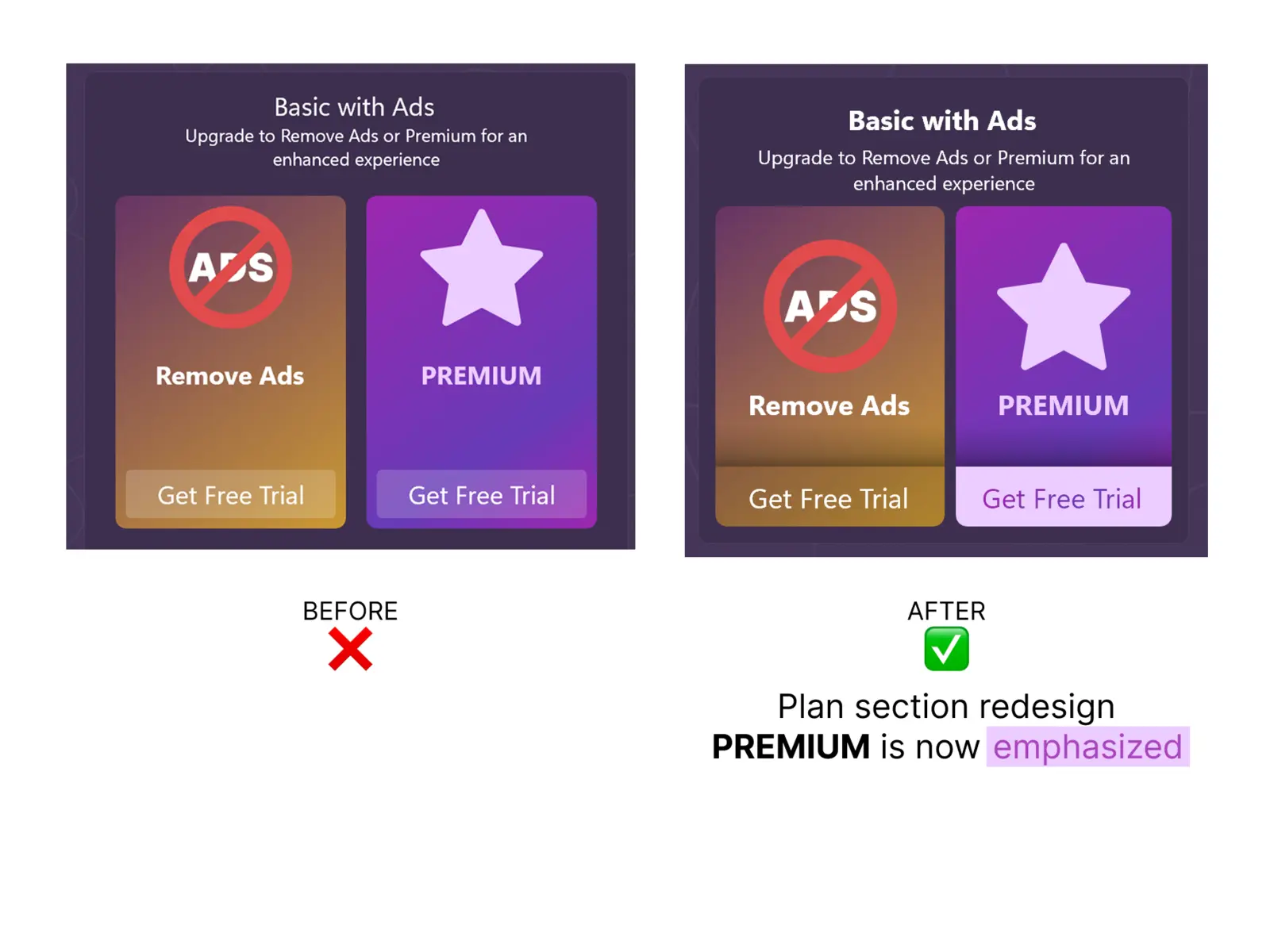
|
These updates reflect our design philosophy: reduce friction, highlight value, and support player choice. If you’ve noticed the changes or have feedback, we’d love to hear from you.
Stay tuned—more seasonal content and UX enhancements are on the way.
#GameDesign #UXUpdate #ProductEnhancement #FreeTrial #PlayerExperience #PuzzleGames
How We Geotagged 5940 Jigsaw Puzzles Using AI
Author: Mihai Mihaila, last modified: 28/08/2025
Our jigsaw puzzle video games contain hundreds of puzzle packs that in turn contain thousands of puzzles. They depict a variety of subjects, from simple everyday objects and abstract patterns to beautiful landmarks and nature scenery. With each puzzle we are trying to build a unique experience and allow our players to immerse themselves into solving the puzzles.
One of the most requested features by our players has been to give context and identify our puzzles. That is why we added several ways to describe and locate our puzzles.
Puzzle Labels
We labeled many of our puzzles manually in order to give players more context and help them connect with the subject.
The label is placed in the bottom left corner of the puzzle.
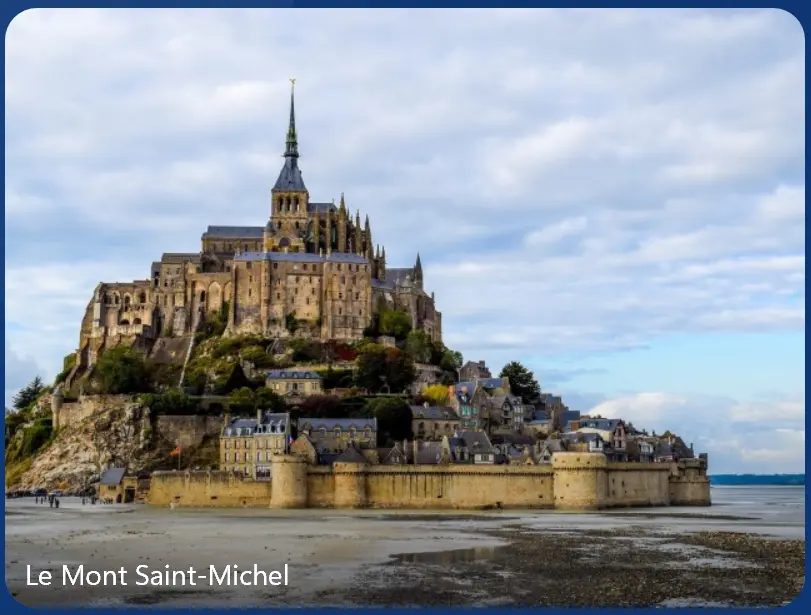
|
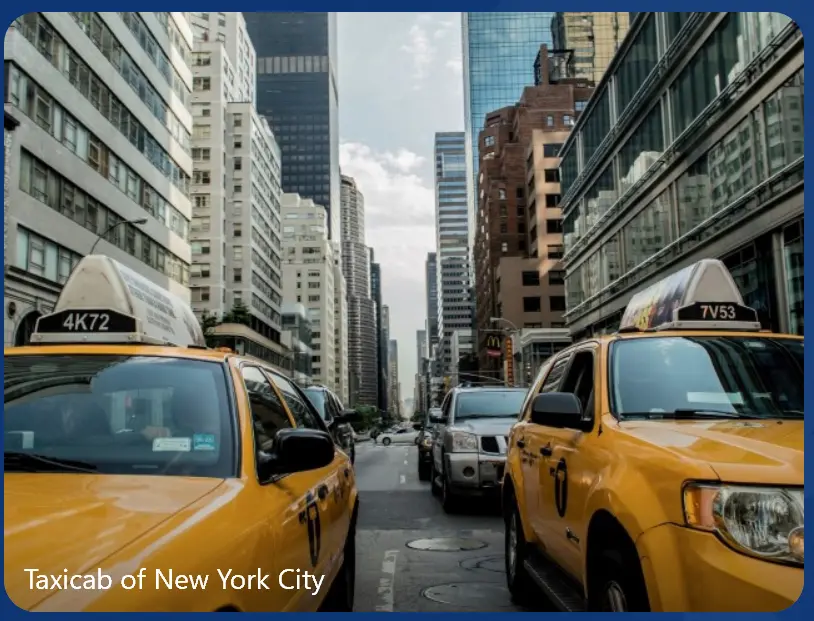
|
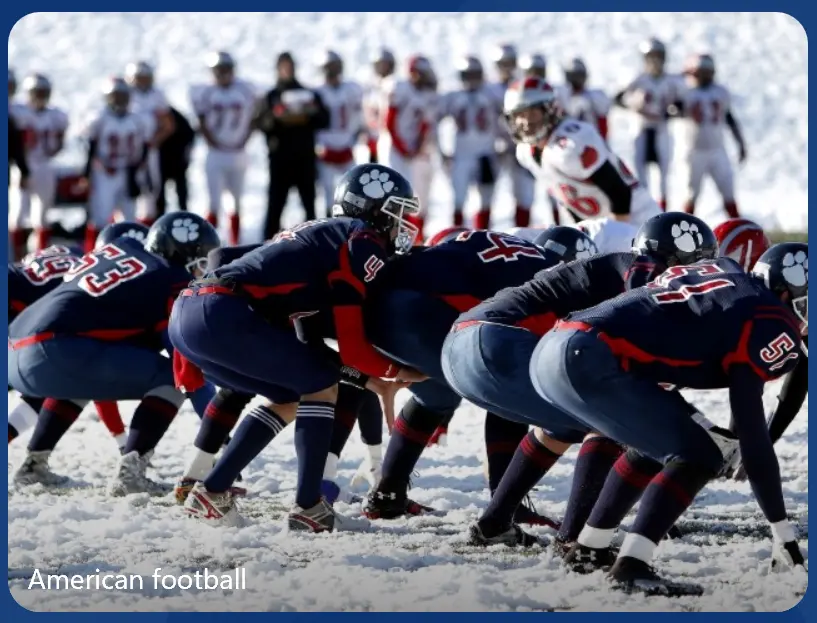
|
Out of 5940 puzzles¹, 766 of them contain a manual label, which represents about 12% of the puzzles.
The vast majority of these manual labels have been added to Jigsaw Puzzle Frenzy.
Pack Description
We added pack descriptions for paid puzzles. Each premium puzzle pack contains a short description which we believe captures the essence of the pack.
The pack description is placed at the top of the puzzle pack, just below the title.

|
Pack Location
We also realized that while certain puzzle packs were clearly depicting a country or region, others could benefit from a dedicated label to help identify the location.
The pack location is placed in the puzzle pack summary, below the description, furthest to the right.

|
In the case of the Norway puzzle pack, the location is obvious.

|
Sicily is a region in Italy, the dedicated label helps players understand that.

|
Salzburg is a city in Austria, the location label is needed.

|
As many people know, Rome is a city in Italy. For those who don't, the location label ensures clarity for everyone.
Puzzle Geotags
What are Geotags?
We introduced a way to describe landmarks in our puzzle images. We call these Geotags. Geotags are similar to manual labels, but instead of being manually written, they were identified using AI and represent real places in the world: e.g. Eiffel Tower, The Colosseum, Empire State Building.
How we implemented geotags
We used AI to identify landmark subjects and to accurately geotag them.
We used Azure Cognitive Services by Microsoft to process our puzzle library.
We also used Cloud Vision by Google for landmark detection.
Both of these services offer a REST API that makes it easier to integrate with our internal tools and existing development flow.
We have developed internal scripts to process the puzzle images offline and then integrate the detected landmark names into the final game.
By running the landmark detection in pre-production (as opposed to real-time, on-demand when the players access the game) we were able to review the tagging process, correct the occasional mistakes and most importantly, avoid any additional computation when running the game. This approach was guided by our long-term goal of reducing the minimum hardware requirements needed to run our games.
What Geotags look like
The geotags received a new icon to help them stand out and to reflect the accuracy of the geotag. Similar to the puzzle labels, geotags are placed in the bottom left corner of the puzzle.
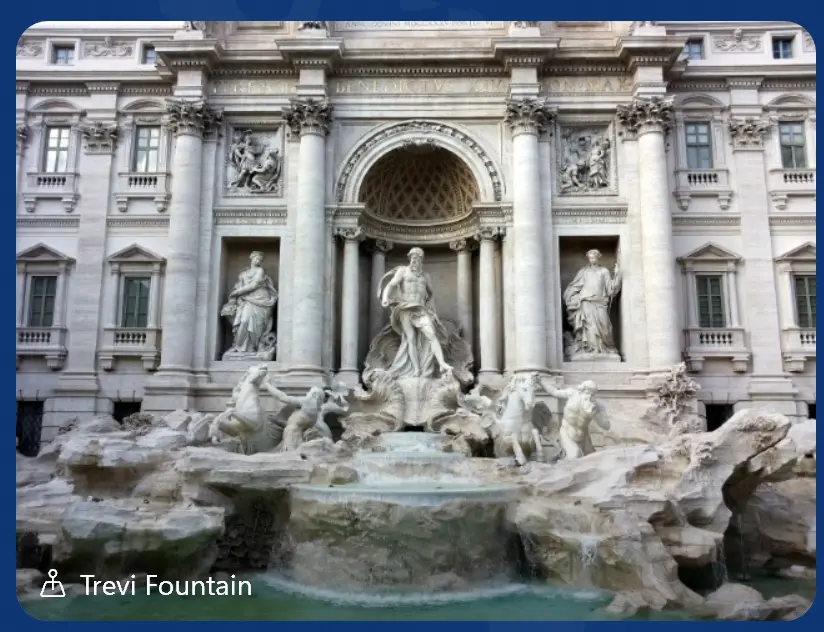
|
The geotag icon appears in front of the location in the bottom left corner of the puzzle.
Out of 5940 puzzles¹ processed, 944 of them received a geotag, which represents about 15% of the puzzles. Close to half of all these geotags have been added to Jigsaw Puzzle Journey, which contains predominantly landmarks.
Additionally, any puzzle pack that contains at least one puzzle geotag, has been marked as geotagged as well, to make it easier to spot in the library. The geotag icon appears in front of the name of the pack.
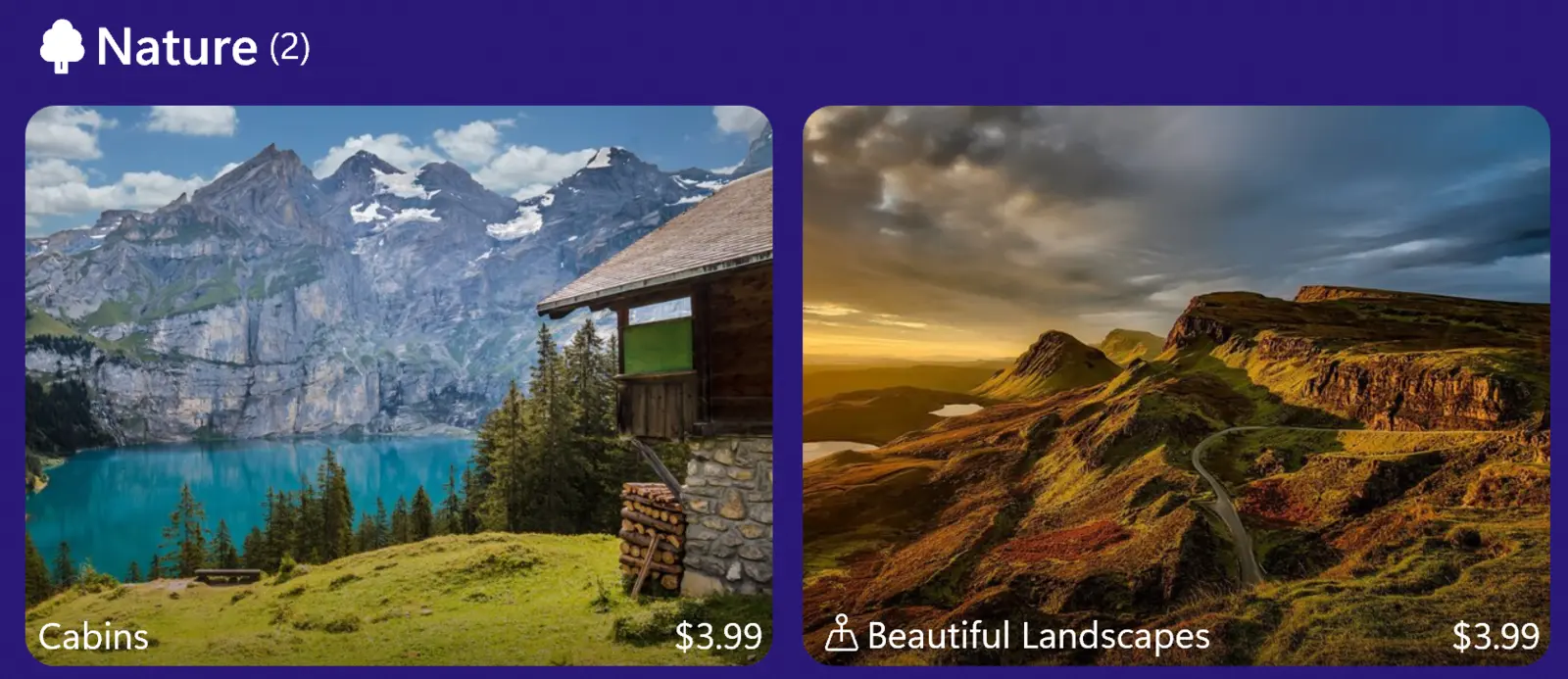
|
If a pack contains geotagged puzzles, the geotag icon appears before the name of the puzzle pack.
The manual labels along with the new geotags are integrated with our search function. When you search for a landmark you now receive both puzzle and pack results.
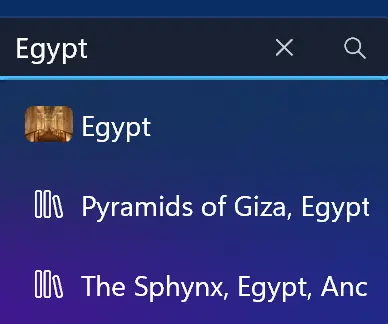
|
When searching for Egypt, the search results contain both the Egypt puzzle pack as well as puzzles that have been geotagged with landmarks from Egypt.
Thank You
Thank you to our players that have contributed with suggestions and helped us improve the game for everyone.
While we are happy with the changes, we are already thinking of ways to build on these foundations and find more ways to further improve the puzzle-solving experience so keep the feedback coming in.
Notes:
- As of August 2025, our puzzle library contains over 5940 puzzles.